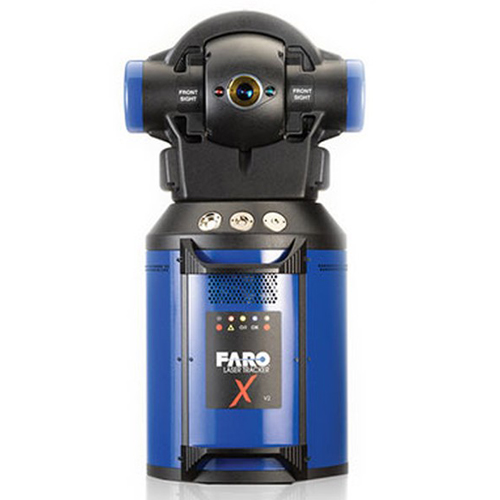The history of 3D scanning technology can be traced back to the early days of computer graphics and computer vision. The development of 3D scanners has been driven by advancements in various fields, including optics, lasers, computing, and data processing. Here is a comprehensive overview of the history of 3D scanners:
- 1960s: Early research and development
The origins of 3D scanning can be linked to the development of computer vision techniques in the 1960s. Researchers were exploring ways to extract three-dimensional information from two-dimensional images, which laid the foundation for later 3D scanning technologies. - 1970s: Pioneering work and first commercial systems
The first true 3D scanner was developed by Pierre Bézier, a French engineer who worked for Renault, in the early 1970s. He used a mechanical arm with a stylus to trace the surface of a physical object, recording its 3D coordinates. This early device was primarily used for reverse engineering and quality control in the automotive industry.
- 1980s: The advent of laser-based systems
In the 1980s, laser-based 3D scanning systems started to emerge. These devices used laser triangulation, time-of-flight, or phase shift methods to measure distances and capture 3D data. The first commercial laser-based 3D scanner was introduced by Cyberware in 1987, which was designed for applications such as medical prosthetics and computer animation. - 1990s: Advancements in hardware and software
During the 1990s, advancements in hardware and software enabled the development of more sophisticated 3D scanners. Structured light scanning, which uses a pattern of light projected onto an object’s surface to capture 3D data, became more prevalent. Additionally, the development of powerful computers and efficient algorithms facilitated faster data processing, enabling the creation of more complex 3D models.
- 2000s: Diversification and miniaturization
In the 2000s, 3D scanning technology diversified, with new types of scanners being developed for a wider range of applications. Handheld 3D scanners, for example, became more popular for their portability and ease of use. Furthermore, the integration of 3D scanners with other technologies, such as GPS and robotics, expanded the potential applications of 3D scanning in fields like construction, archaeology, and forensics. - 2010s: Consumer-level 3D scanners and 3D printing
The 2010s saw the rise of affordable consumer-level 3D scanners, making the technology more accessible to a wider audience. The growing popularity of 3D printing also contributed to increased interest in 3D scanning, as the two technologies complement each other in various applications. Additionally, the development of 3D scanning apps for smartphones demonstrated the potential for even more widespread adoption of the technology.
- 2020s and beyond: Ongoing innovations
The 2020s continue to see advancements in 3D scanning technology, with improvements in resolution, speed, and ease of use. Researchers are exploring the use of artificial intelligence and machine learning techniques to enhance data processing and automate tasks such as object recognition and point cloud registration. As the technology continues to evolve, it is expected that 3D scanning will become even more integrated into various industries and applications.
In summary, the history of 3D scanners has been marked by continuous innovation and development, driven by advancements in multiple fields. From early mechanical devices to modern laser-based and structured light systems, 3D scanning technology has come a long way and is now widely used in various industries and applications.
Here’s a list of some well-known and reputable 3D scanners manufacturers;
- FARO Technologies
- Hexagon (Leica Geosystems)
- Trimble
- Artec 3D
- Creaform (AMETEK)
- 3D Systems
- ZEISS
- GOM (Capture 3D)
- Nikon Metrology
- CyberOptics
- Perceptron (Atlas Copco)
- Shining 3D
- Riegl
- Topcon
- Romer (Hexagon)
- Keyence
- Exact Metrology
- Matterport
- Thor3D
- NextEngine
Please note that this list is not exhaustive, and there are other smaller manufacturers and startups that produce 3D scanners. The market for 3D scanning is constantly evolving, with new players entering the field and existing companies releasing updated and innovative products. It’s essential to research and compare different manufacturers and their products based on your specific needs and applications to find the most suitable 3D scanner for your requirements.

